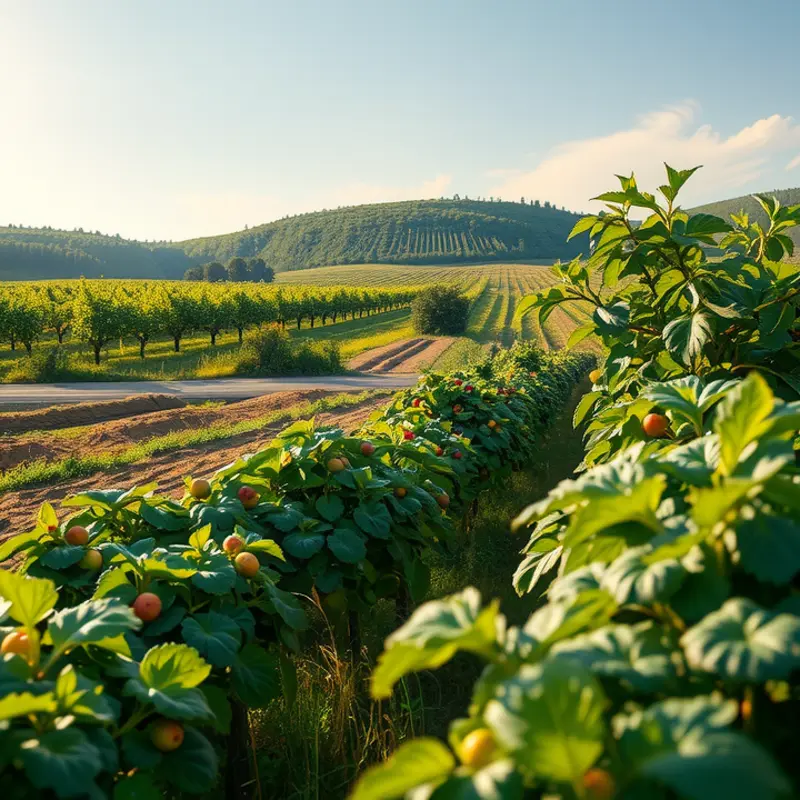Leftovers can be both a blessing and a challenge. Keeping food fresh, minimizing waste, and managing meal prep at home efficiently is crucial. From the microwave to the stovetop, there are quick, safe strategies to breathe new life into yesterday’s meals, ensuring they taste just as good as when they were first served. Embrace these practical tips to transform your leftovers into delightful dishes.
Reinventing Leftovers: Quick Fixes

When faced with overflowing leftovers, creativity becomes your greatest ally. Transform your cold remnants into a delightful new meal with just a few smart techniques. Start by considering the flavors and ingredients you have. Often, the key to revamping lies in pairing leftovers with fresh components that enhance their existing profiles.
A simple stir-fry can breathe new life into grains or proteins. Use your day-old rice, tossing it in a hot pan with colorful vegetables, a splash of soy sauce, and a sprinkle of sesame seeds. This quick method not only warms the rice but infuses it with a fresh, vibrant taste. If you’re leaning towards pasta, try creating a new sauce with what’s in your fridge. A tomato paste base or a splash of your favorite broth, simmered with leftover veggies, can transform limp noodles into a satisfying dinner. For more ideas on sauce preparation, explore easy sauce simmering.
Another approach is to use fillings to upgrade your leftovers. Reshape roasted meats or vegetables into savory pies or tacos. For a pie, mix your chosen ingredients with a creamy sauce, top with pastry or buttery mashed potatoes, and bake until golden and bubbly. Tacos can be a fresh journey—they invite toppings like citrusy slaw or creamy avocado, which contrast beautifully with savory fillings.
Heat can also play a transformative role. Using an oven, grill, or air-fryer often revives textures. Spread slices of cold pizza on a baking sheet, rather than microwaving them, to restore that crisp outer layer. Similarly, reheating meats in a pan with a touch of oil can mimic the initial cooking process, keeping them juicy.
If you’re feeling indulgent, consider layering your leftovers in a casserole. This method brings survival buffet items together into a comforting dish with the help of herbs and cheese. Be mindful of using complementary flavors or contrasting textures to avoid a mishmash. For instance, earthy mushrooms pair well with creamy cheeses, while crunchy panko breadcrumbs balance smooth béchamel sauces.
Finally, think about creating mini meals or snacks. Leftover grains or beans make perfect bases for patties or fritters. Combine them with an egg or a flaxseed substitute, form small patties, and pan-fry until golden. They’re perfect as a quick snack or can be dressed up with a sauce.
Embracing the art of reinvention not only makes leftovers appealing but encourages sustainable cooking practices, reducing food waste. These speedy techniques ensure your meals are as exciting on the second day as the first, inviting you to experiment and enjoy the process.
Storage and Safety: Tips for Lasting Freshness

Storing leftovers in a way that maintains both freshness and safety is a vital skill in kitchen management. Without proper storage techniques, food can spoil quickly, leading to unnecessary waste. Begin by ensuring all leftovers are cooled and refrigerated within two hours of cooking. This minimizes bacterial growth, a crucial factor in food safety.
Containers Matter
Using the right containers can significantly impact the longevity of your leftovers. Opt for airtight containers made from glass or food-safe plastics. This helps prevent exposure to air and moisture, reducing the risk of spoilage. Consider portioning leftovers into individual servings before storing. It makes reheating more efficient and avoids repeated exposure to temperature changes.
Temperature Insight
Keep your refrigerator at or below 40°F (4°C). This practice helps deter bacterial growth. Regularly check the temperature with a fridge thermometer to ensure optimal conditions. When it comes to freezes, set the temperature at 0°F (-18°C) or lower. During storage, label containers with the date and contents for easy identification and tracking.
Storage Duration
Understanding how long various foods remain fresh is essential. Generally, cooked leftovers last three to four days in the fridge. For freezing, foods can retain quality for three to six months, albeit with some variations. Regularly review stored meals and prioritize consumption of those nearing the end of their safe storage period.
Repurposing Leftovers
To minimize waste, get creative with repurposing leftovers. Transform cooked vegetables into hearty soups or stews. Leftover rice can become fried rice with the addition of a few fresh ingredients. Utilize stale bread in savory bread puddings or crispy croutons. For sauces, attempt to store them safely as discussed here.
Safety Precautions
Reheat leftovers to at least 165°F (74°C) to ensure they are safe to eat. Use a food thermometer to verify the temperature when in doubt. Avoid reheating food multiple times, as this can increase the risk of contamination. When you doubt the freshness of any leftover, it’s best not to risk safety. “When in doubt, throw it out” is a principle that can avoid foodborne illnesses.
With these storage and repurposing techniques, you’ll effectively extend meal freshness and safety, supporting a sustainable kitchen environment. As you continue exploring creative solutions to leftover management, these practices will enhance your cooking experience. This journey not only limits waste but also provides opportunities for flavorful experimentation and discovery.
Final words
Revamping and refreshing leftovers can save you time and reduce food waste significantly. By following the tips in this article, you can extend the life of your meals while ensuring they remain safe and delicious. Embrace creativity in the kitchen! With a few adjustments, yesterday’s dinner can become today’s lunch with just the right touch. Use these practical strategies to not only manage your leftovers more effectively but enhance your meals for a healthier and sustainable home.







